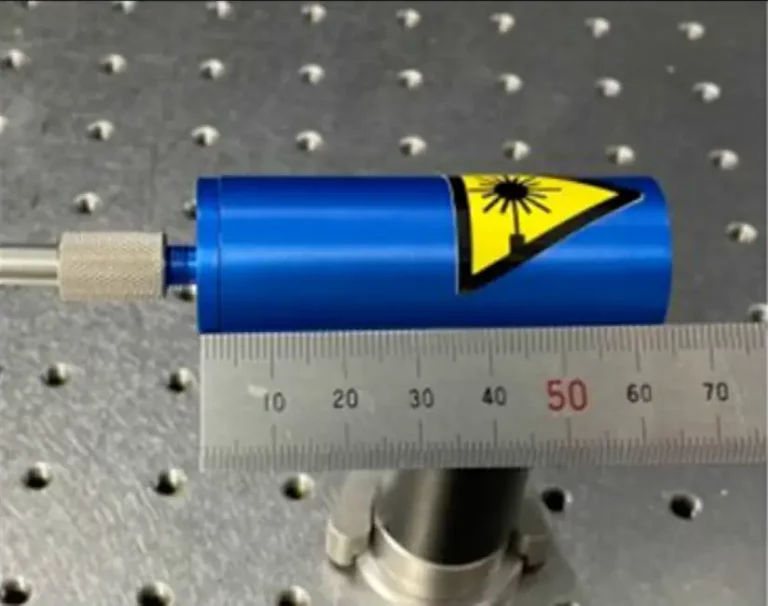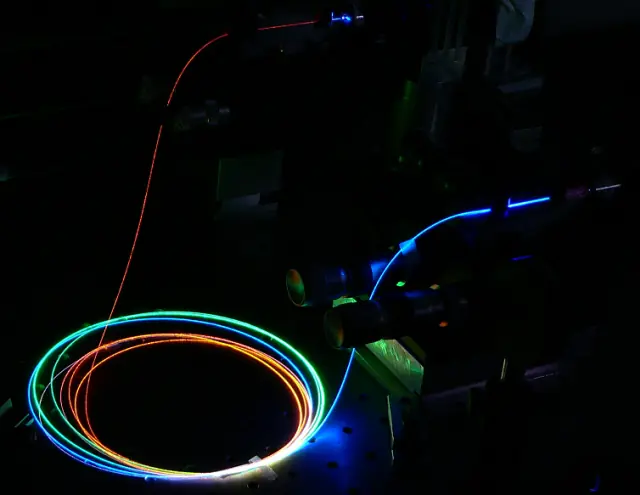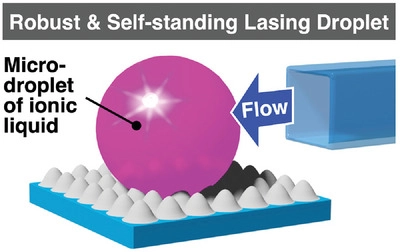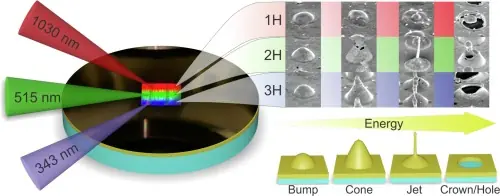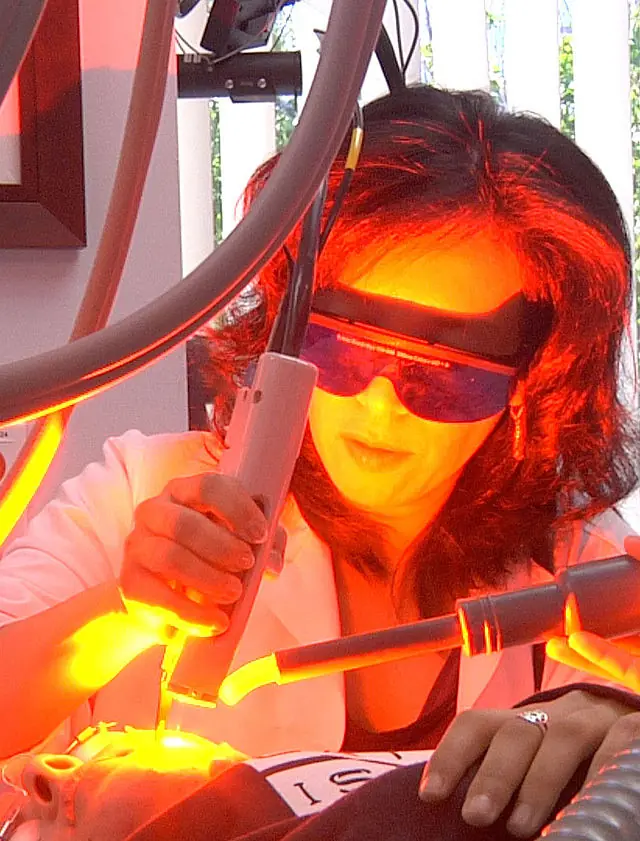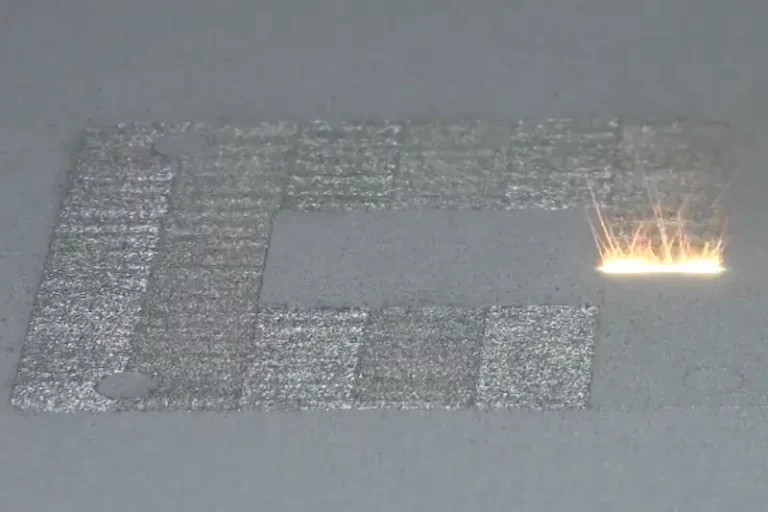Researchers Develop Innovative Yellow Fiber Laser with Direct Emission
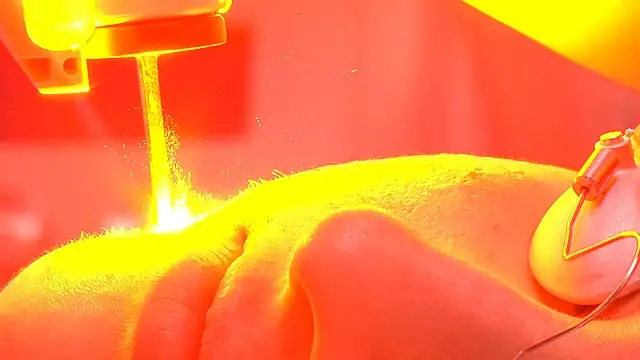
Researchers have made a groundbreaking discovery in laser technology by designing and preliminarily validating a fiber laser that directly emits yellow light. This innovative laser uses a dysprosium (Dy)-doped custom-made phosphate fiber as its active material and is pumped by high-power blue diode lasers. With potential applications across various fields such as medicine, telecommunications, and manufacturing, the yellow fiber laser is a trailblazing development in the world of lasers.
The Evolution of Laser Technology: Contextualizing the Breakthrough
Since Theodore H. Maiman invented the first laser, the ruby laser, in 1960, laser technology has come a long way. Scientists have developed a plethora of laser types over the years, including gas lasers like helium-neon lasers and solid-state lasers such as neodymium-doped yttrium aluminum garnet (Nd:YAG) lasers. Each type of laser has unique properties and applications, contributing to the rapid advancements in laser technology.
In recent years, fiber lasers have garnered considerable attention due to their potential advantages over traditional laser systems. These lasers use rare-earth-doped fibers as the active medium and are celebrated for their high efficiency, compact size, and low maintenance requirements.
However, despite these strides, a fiber laser with direct emission in the yellow spectrum remained an unsolved challenge. Yellow light (wavelengths around 570-590 nm) has specific applications in ophthalmology, photodynamic therapy, and quantum communication. Before this study, obtaining yellow light from lasers typically necessitated complex and inefficient frequency-doubling processes.
The groundbreaking research addresses this limitation by introducing a yellow fiber laser capable of directly emitting light within the desired wavelength range.
Demystifying the Methodology
To develop the yellow fiber laser, the researchers used a custom-made phosphate fiber doped with dysprosium ions as the active material. Dysprosium, a rare-earth element, possesses unique spectroscopic properties, including absorption and emission within the yellow wavelength range.
High-power blue diode lasers, emitting light at 450 nm, were used to pump the laser. The blue laser light excites the dysprosium ions within the fiber, causing them to emit yellow light as they return to a lower energy state.
The researchers optimized the laser’s performance by creating a suitable model that allowed them to predict and control its behavior. They validated this model using a low-power version of the laser cavity, incorporating femtosecond written Bragg grating mirrors. These specialized mirrors, inscribed into the fiber using ultrafast laser pulses, provide feedback and control the lasing wavelength.
Noteworthy Results and Their Significance
The experimental validation of the yellow fiber laser is a remarkable accomplishment in laser technology. The study demonstrates that a fiber laser can directly emit light in the yellow wavelength range, eliminating the need for inefficient and complex frequency-doubling techniques.
The development of this yellow fiber laser paves the way for a broad range of applications. In ophthalmology, yellow light is ideal for treating specific eye conditions as it can pass through blood and other ocular tissues without causing damage. The yellow fiber laser could revolutionize ophthalmology, allowing for more accurate and less invasive procedures.
Moreover, the yellow wavelength is suitable for photodynamic therapy, a treatment using light to activate photosensitive drugs that destroy cancer cells. The yellow fiber laser could potentially enhance the effectiveness of this therapy, making it more targeted and efficient.
In the realm of quantum communication, yellow light can facilitate information transmission over long distances with minimal loss. The yellow fiber laser could contribute to more secure and efficient quantum communication systems, providing a foundation for future advancements in this field.
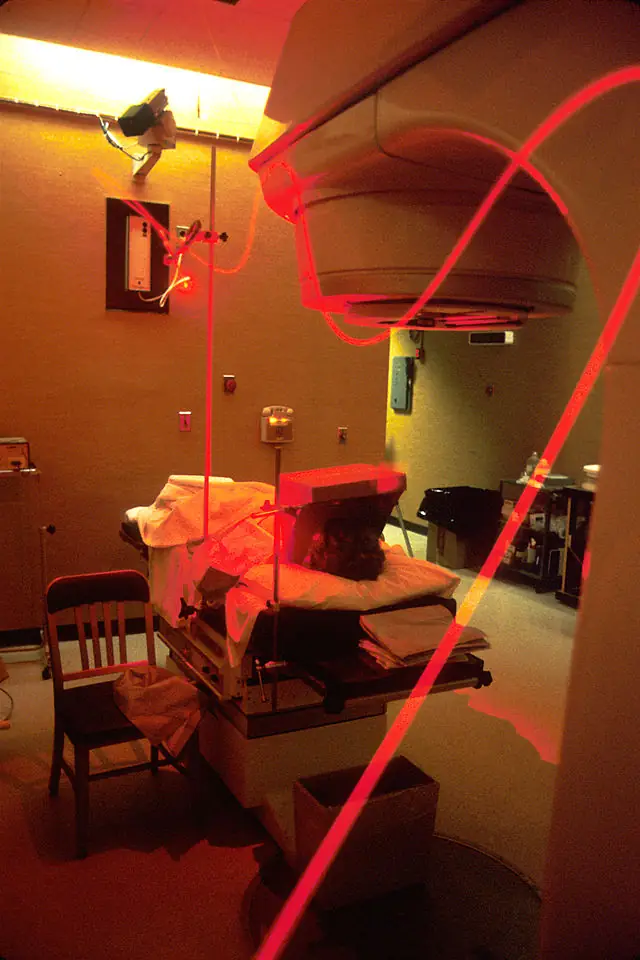
Potential Impacts and Further Research
The potential impact of the yellow fiber laser is immense, as it may revolutionize various fields, including policy, public health, technology, and industry.
In the medical field, the yellow fiber laser could enable the development of new, more effective diagnostic and therapeutic techniques. For instance, improved photodynamic therapy could lead to better cancer treatment outcomes and reduced side effects. In ophthalmology, safer and more accurate procedures could result in enhanced patient care and better vision preservation.
In the telecommunications sector, the yellow fiber laser could play a role in creating more efficient and secure quantum communication systems. This development could potentially pave the way for advancements in data encryption, secure communications, and quantum computing.
In the manufacturing industry, the yellow fiber laser could be employed for precision cutting, welding, and engraving. The laser’s unique properties, such as its wavelength and high efficiency, may lead to improved product quality and reduced production costs.
Despite these promising prospects, the research is still in its early stages. Further studies are needed to refine the laser design, optimize its performance, and investigate its long-term stability. Researchers should also explore the yellow fiber laser’s compatibility with various applications and its potential drawbacks.
Conclusion
The design and preliminary validation of the yellow fiber laser represent a significant breakthrough in laser technology. This innovative development has the potential to transform numerous fields, from medicine and telecommunications to manufacturing and beyond. As researchers continue to investigate the full range of applications and implications of the yellow fiber laser, this exciting discovery will undoubtedly spark further advancements and reshape the future of laser technology.

